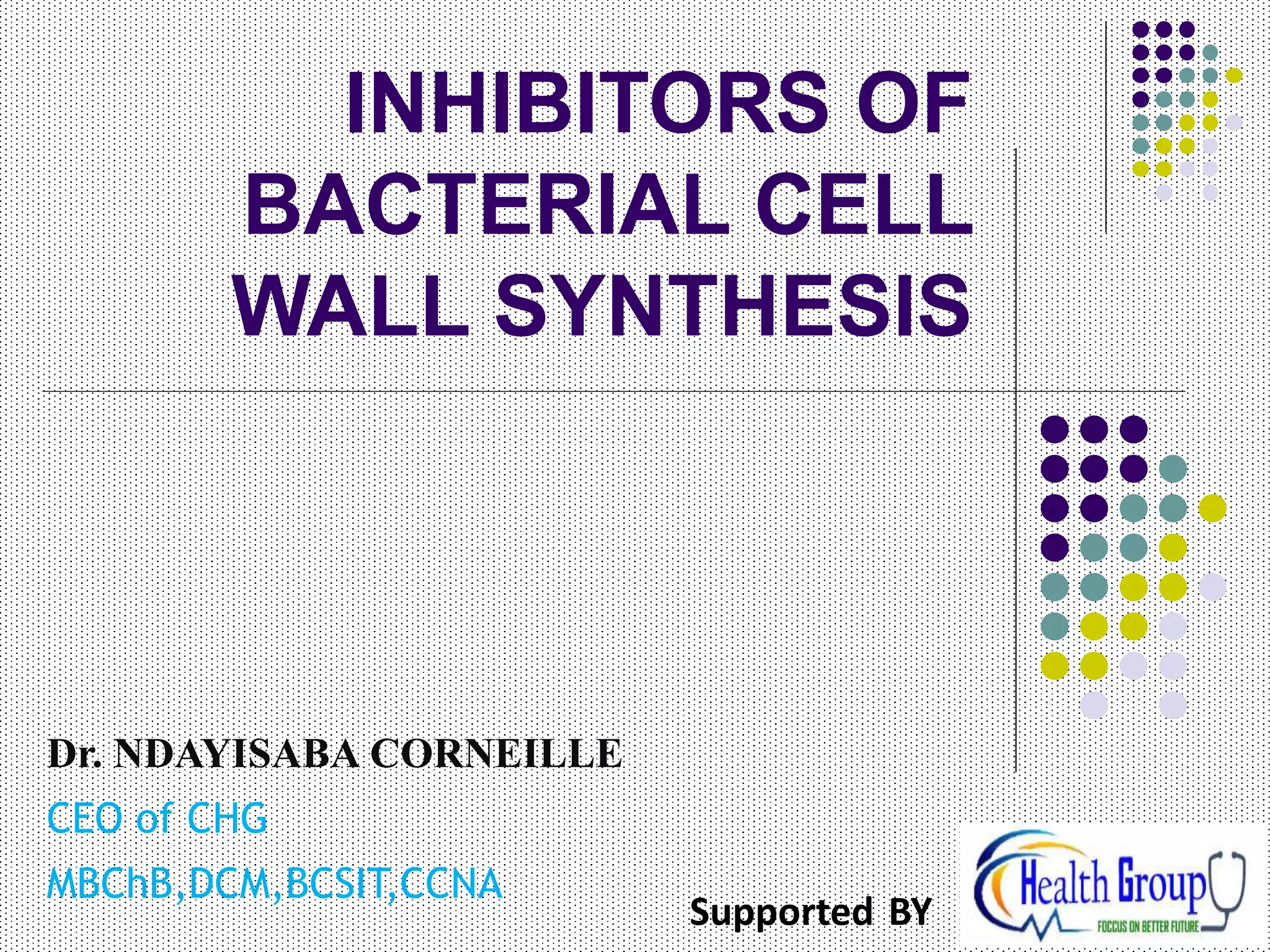
In recent years, the rise of antibiotic resistance has become a pressing concern for public health stakeholders and researchers alike. A particularly intriguing aspect of this phenomenon is the role of bacterial enzymes in rendering cell wall inhibitor drugs ineffective. This discourse delves into the specific bacterial enzymes responsible for this resistance and offers insights into the intricate mechanisms that govern this critical issue.
The structural integrity of bacterial cells is primarily maintained by their cell walls, which are predominantly composed of peptidoglycan. This layer serves a pivotal function in protecting the bacteria from environmental stresses and maintaining osmotic balance. Cell wall inhibitor drugs, such as penicillin and its derivatives, target the synthesis of peptidoglycan, effectively disrupting the bacterial cell wall formation. However, the emergence of resistant bacterial strains has raised questions: which bacterial enzymes play a key role in negating the effects of these inhibitors?
One of the most notorious enzymes involved in this resistance is beta-lactamase. This enzyme catalyzes the hydrolysis of the beta-lactam ring found in many antibiotics, a feature that not only neutralizes the drug but also renders the bacterium impervious to its effects. The production of beta-lactamase can be plasmid-mediated, meaning it can be horizontally transferred between bacteria, thus facilitating the rapid spread of resistance.
Interestingly, the phenomenon does not end with beta-lactamase; various other enzymes contribute to the intricate resistance mechanisms at play. For instance, the carboxypeptidases and endopeptidases in certain bacteria can modify the peptidoglycan layer, altering its structure to withstand the disruptive effects of cell wall inhibitors. These enzymes work to cleave or rearrange peptide bonds in such a way that antibiotics cannot effectively target their intended sites.
Moreover, the emergence of modified penicillin-binding proteins (PBPs) is another critical aspect of bacterial resistance. PBPs are essential for the synthesis of peptidoglycan and are the primary targets of beta-lactam antibiotics. In certain resistant bacterial strains, these proteins undergo mutations that significantly reduce the affinity for beta-lactam drugs. This means that while the antibiotic may still bind to the PBP, the binding is not strong enough to elicit the necessary response for cell wall synthesis inhibition. This adaptation highlights the evolutionary prowess of bacteria, as they can survive and proliferate in the presence of previously effective antibiotics.
Furthermore, even if a bacterium does not produce beta-lactamase or modify its PBPs, it can still evade the effects of cell wall inhibitors through changes in permeability of the cell membrane. Certain bacteria possess efflux pumps that actively transport antibiotics out of the cell before they can exert their lethal effects. This mechanism complicates treatment protocols, as it requires the consideration of additional factors influencing antibiotic efficacy.
The phenomenon of resistance is particularly fascinating, as it reflects a broader ecological narrative. It raises the question: to what extent can bacteria adapt and evolve in response to anthropogenic pressures such as antibiotic usage? This adaptive ability is augmented by factors like over-prescription and misuse of antibiotics, which create environments ripe for the selection of resistant strains. Within this context, the circular interplay between bacterial evolution and clinical practice becomes evident.
Drawing inferences from this interactive landscape, one can observe that a multilayered approach is crucial for combating resistance. Continued research into bacterial enzyme function and the molecular pathways involved in resistance will likely yield new avenues for drug development. Novel strategies, such as the design of beta-lactamase inhibitors or the use of combination therapy, hold promise for enhancing the efficacy of existing antibiotics even in resistant strains. Additionally, understanding the genetic basis of resistance can pave the way for innovative therapeutic strategies that circumvent outdated reliance on traditional antibiotics.
Public awareness and responsible antibiotic stewardship are also paramount. Educating healthcare providers and patients about appropriate antibiotic use can significantly diminish the selection pressure that fosters resistance. Moreover, implementing robust surveillance systems to monitor antibiotic resistance patterns can inform clinical decisions and guide future research endeavors.
In conclusion, the intricate network of enzymes, mutations, and environmental factors that culminate in bacterial resistance to cell wall inhibitor drugs showcases the remarkable adaptability of these microorganisms. Understanding the specific bacterial enzymes that make these drugs ineffective is vital for evolving our approach to treating bacterial infections. As research progresses, the integration of innovative strategies and heightened awareness can serve as a critical bulwark against the tide of antibiotic resistance, ensuring that we remain equipped to combat one of the most formidable challenges to global health.
